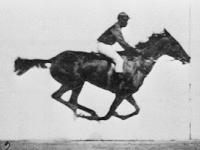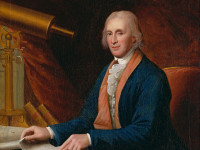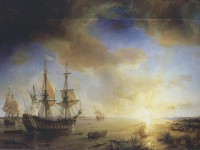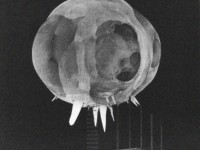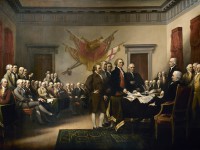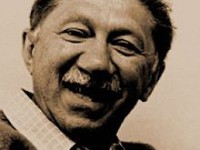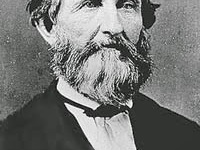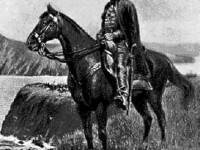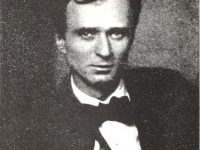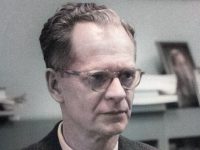Eadweard Muybridge and the Photography of Motion
On April 9, 1830, English photographer Eadweard James Muybridge was born. Muybridge is best known for his pioneering work on animal locomotion in 1877 and 1878, which used multiple cameras to capture motion in stop-motion photographs, and his zoopraxiscope, a device for projecting motion pictures that pre-dated the flexible perforated film strip used in cinematography. Eadweard Muybridge Background Eadweard Muybridge was born as Edward Muggeridge in in Kingston upon Thames. He emigrated to the…
Read more

